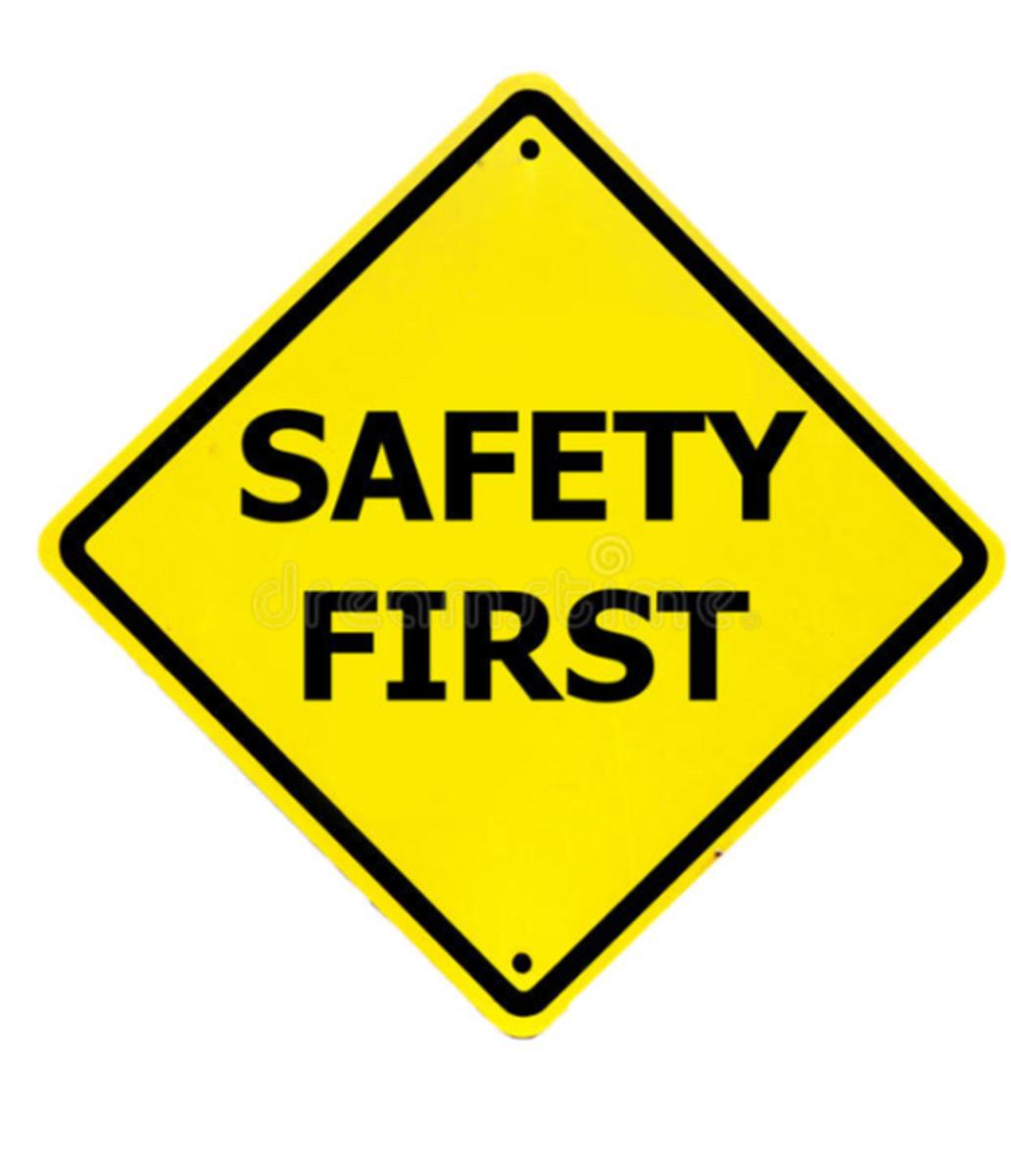Structured Workplace Learning (SWL)

The Victorian Curriculum and Assessment Authority (VCAA) has determined that Structured Workplace Learning (SWL) is an appropriate and valuable component of all VCE VET programs. SWL involves on-the-job training in which students are required to experience a designated set of skills and competencies related to VCE VET programs. Where SWL opportunities are limited, schools are advised to organise industry visits. A range of industry settings may provide useful and appropriate contexts for industry familiarisation.
Schools and Registered Training Organisations (RTOs) are also strongly encouraged to contact the Workplace Learning Coordinators in their Local Learning and Employment Network (LLEN) area.
SWL complements the training undertaken at the school/RTO. It provides the context for:
- enhancement of skills development
- practical application of industry knowledge
- assessment of units of competency, as determined by the RTO
- increased employment opportunities
VCAA strongly recommends that students undertake a minimum of 80 hours SWL for VCE VET Programs. SWL should be spread across the duration of the training program.
SWL Work Health and Safety
Schools/RTOs must ensure that Work Health and Safety (WHS) is covered in the training program. The principal must be satisfied that the student to be employed under an SWL arrangement is undertaking training in the appropriate WHS unit of competency before commencing SWL.
Students must be informed of work-related hazards. They must understand the need for, and the nature of, workplace risk controls such as safe working procedures and the use of personal protective clothing and equipment. Schools must also be satisfied, through their review of the acknowledgement provided by employers on the SWL Arrangement form, that the workplace in question and the activities proposed will not expose a student to risk during their structured work placement.
Employers must view their duty of care towards students as no different to the duty of care owed to employees. They must understand that students cannot be expected to possess the judgment or maturity to undertake any task that presents potential risk. This means that no student may be exposed at any time to dangerous plant machinery, equipment, substances, work environments or work practices.
At the commencement of their placement, students should be introduced to their supervisor and provided with a formal induction into the workplace. This will include first aid, emergency and incident reporting arrangements. The student should undertake an orientation tour of the workplace and be notified of any excluded areas or activities. Students should be instructed to report anything they feel may be unsafe without delay. They should be encouraged to ask for help or further instruction if they are not sure of the correct way to carry out any task. Close supervision of students undertaking SWL is essential. Supervisors nominated by the employer must understand all requirements for safely managing the student’s activities. Supervisors must understand that a student may not fully grasp information or instruction the first time they are told. They should encourage students to seek assistance to fully understand the requirements to perform their duties.
Structured Workplace Learning Recognition
Structured Workplace Learning Recognition (SWLR) for VCE and VCAL students is a systematic and formal approach to workplace learning. SWLR provides the formal framework and processes to enable students to integrate their on-the-job experience and to learn in a workplace, with nationally recognised VET undertaken as part of either the VCE or the VCAL.
Assessment
The assessment process requires the student to gather evidence and reflect on their learning in the workplace that relates to the VET qualification in which they are enrolled. To be eligible for credit the student is required to be enrolled in a normal year-long VET program, usually a minimum of 180 hours. The tool used to collect the evidence is the Workplace Learning Record (WLR). The purpose of the WLR is to pose questions, allowing for student reflection on the workplace learning experience in the context of their current skills and knowledge. Students should reflect on what they observed and the tasks that they undertook in the workplace that relate to the VET qualification they are studying.
The assessment process requires a staff member to be assigned to the student to review the observations made in the workplace and how these learnings relate to the VET qualification being undertaken.
Assessing SWL is not a process for assessing competence in the Units of Competency (UoCs). The reflection recorded in the WLR by the student provides the evidence for the formal assessment. Assessment can occur at any time and students may provide additional evidence throughout the year. The student is required to complete at least 80 hours of SWL and reflect on a minimum of six UoCs, one of which is the Work Health and Safety unit. All sections of the WLR must be completed to be eligible for a credit.
Credit Guidelines
- Credit is available at VCE Units 1 and 2 level, and for all three levels of VCAL as General Credits.
- One unit of credit is available for each year (180 nominal hours) of a VCE VET program with up to a maximum of three credits.
- Students undertaking multiple VCE VET programs or School-Based Apprenticeships or Traineeships (SBATs) are eligible for a maximum of four credits.
- Students are required to be enrolled and resulted in the VCE VET Structured Workplace Learning Program on the Victorian Assessment Software System (VASS). The units enrolled in must reflect the VCE VET program or SBAT the student is undertaking.
For further details and to access publications for SWLR please see: www.vcaa.vic.edu.au/Pages/vet/swl.aspx




